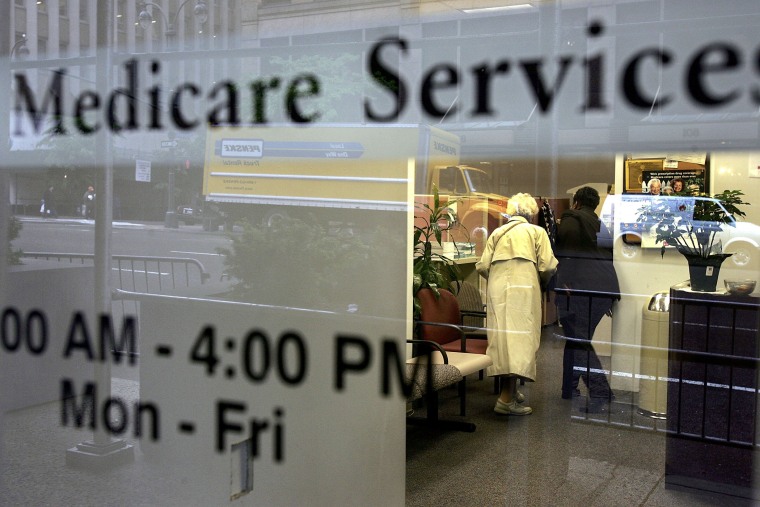CHICAGO — Retirees are facing a double whammy next year: no inflation adjustment in their Social Security benefits and a whopping 52% jump in certain Medicare premiums.
The Medicare premium hikes will hit only 30% of beneficiaries: those who are not protected from a "hold-harmless" provision in federal law that prohibits any premium hike that produces a net reduction in Social Security benefits.
But the increases suggest strongly that the recent trend of moderate healthcare inflation is ending.
Social Security changes
Final figures for 2016 will not be available until the fall, but the recent annual report of Social Security's trustees projects that there will not be any cost-of-living adjustment (COLA) next year.
The COLA is determined by averaging together third-quarter inflation as measured by the Consumer Price Index for Urban Wage Earners and Clerical Workers. Inflation has been flat due to collapsing oil prices.
WATCH: ‘Phase out' Medicare, says Jeb Bush
The forecast underscores the need for a better gauge of the healthcare inflation that disproportionately affects seniors. Advocates have argued for years that an alternative, the Consumer Price Index for the Elderly, would do just that.
If that index had been used from 1985 to 2014, Social Security benefits last year would have been 6.5% higher than they are today, according to an analysis by J.P. Morgan Asset Management.
The healthcare front
Healthcare inflation has been quiet lately - annual growth in total Medicare spending averaged 4.1% from 2010 to 2014, compared with 9% from 2000 to 2010 - even though the number of enrolled beneficiaries rose.
But renewed cost pressures are pointing toward much higher Medicare premiums starting next year, according to the Medicare trustees' annual report.
Consider the monthly premium for Part B (outpatient services), which has stayed at $104.90 for the past three years. The Medicare trustees projected that the premium will jump 52%, to $159.30 for beneficiaries who are not protected by the hold-harmless provision.
RELATED: Social Security disability fund could run dry in 2016
That would include anyone enrolled in Medicare who is not yet taking Social Security benefits due to a decision to delay enrollment. It also would include new enrollees in Medicare next year. (The increase also would be applied to low-income beneficiaries whose premiums are paid by state Medicaid programs).
High-income retirees - another group that is not protected by the hold-harmless provision - also will be hit hard if the trustee projections hold. Affluent seniors already pay more for Medicare Part B and also Part D for prescription-drug coverage.
This year, for example, higher-income seniors pay between $146.90 and $335.70 monthly for Part B, depending on their income, rather than $104.90. The Medicare trustees now project that to jump even more.
"When you combine it all, it's looking pretty ugly," says Sharon Carson, a retirement strategist at J.P. Morgan Asset Management.
Higher costs for the affluent look like a trend that could accelerate further. The recently passed "doc fix" legislation (which corrects long-standing problems with reimbursement rates to physicians) shifts a higher percentage of costs to higher-income seniors starting in 2018. Seniors with incomes of $133,000 to $160,000 would pay 65% of total premium costs, rather than 50% today. Seniors with incomes between $160,000 and $214,000 would pay 80%, as they do today.
"Congress will probably go back to that well again," predicts Carson, and she thinks one possible outcome will be lower income thresholds.
Read more at NBCNews.com
